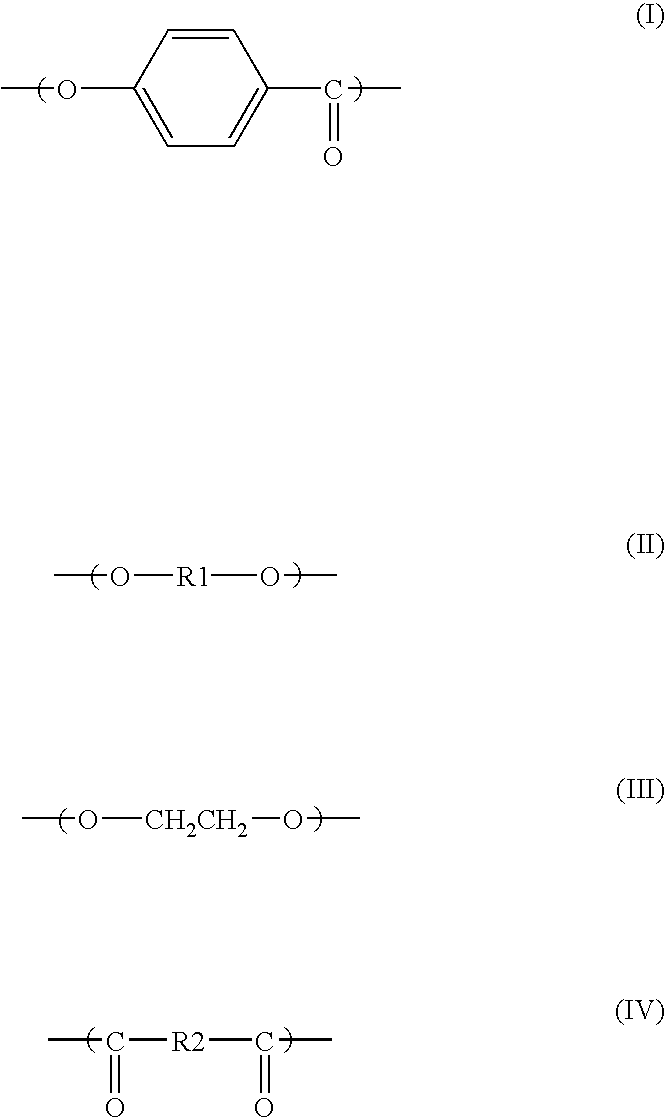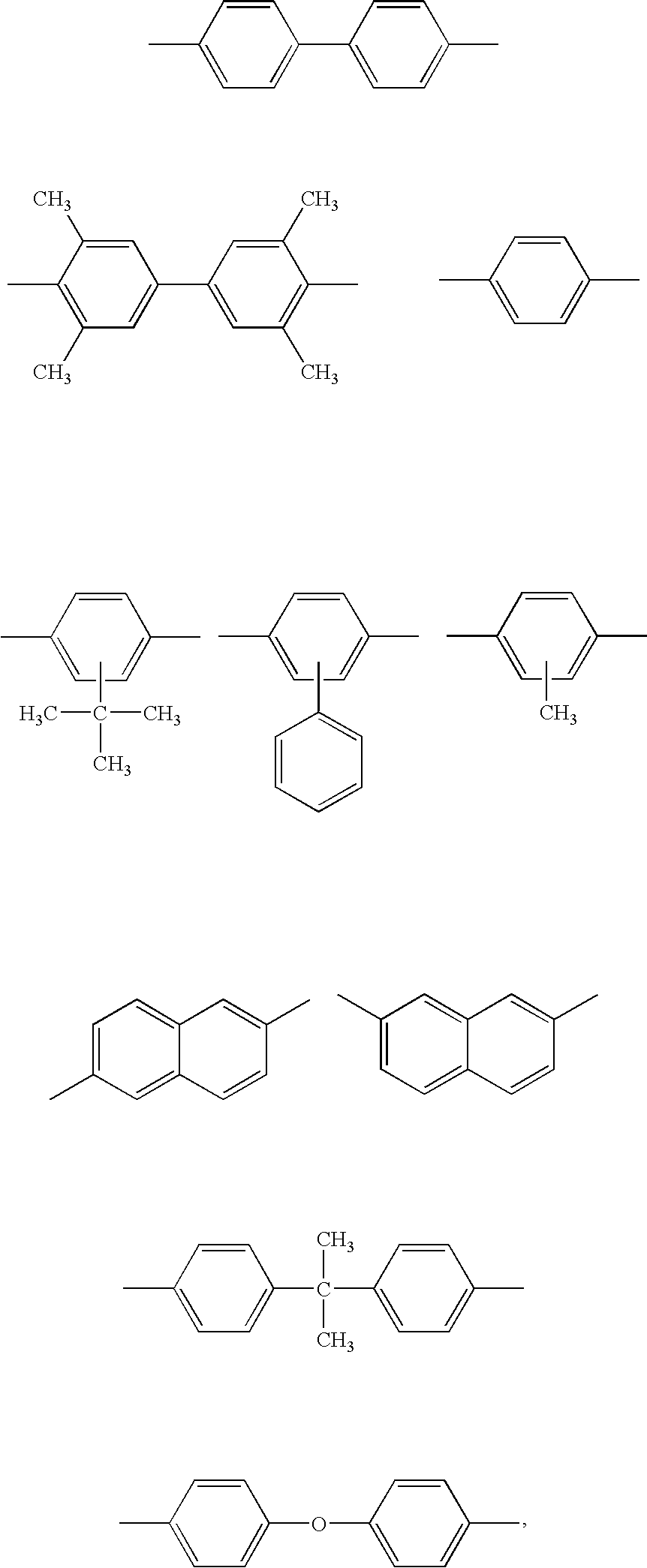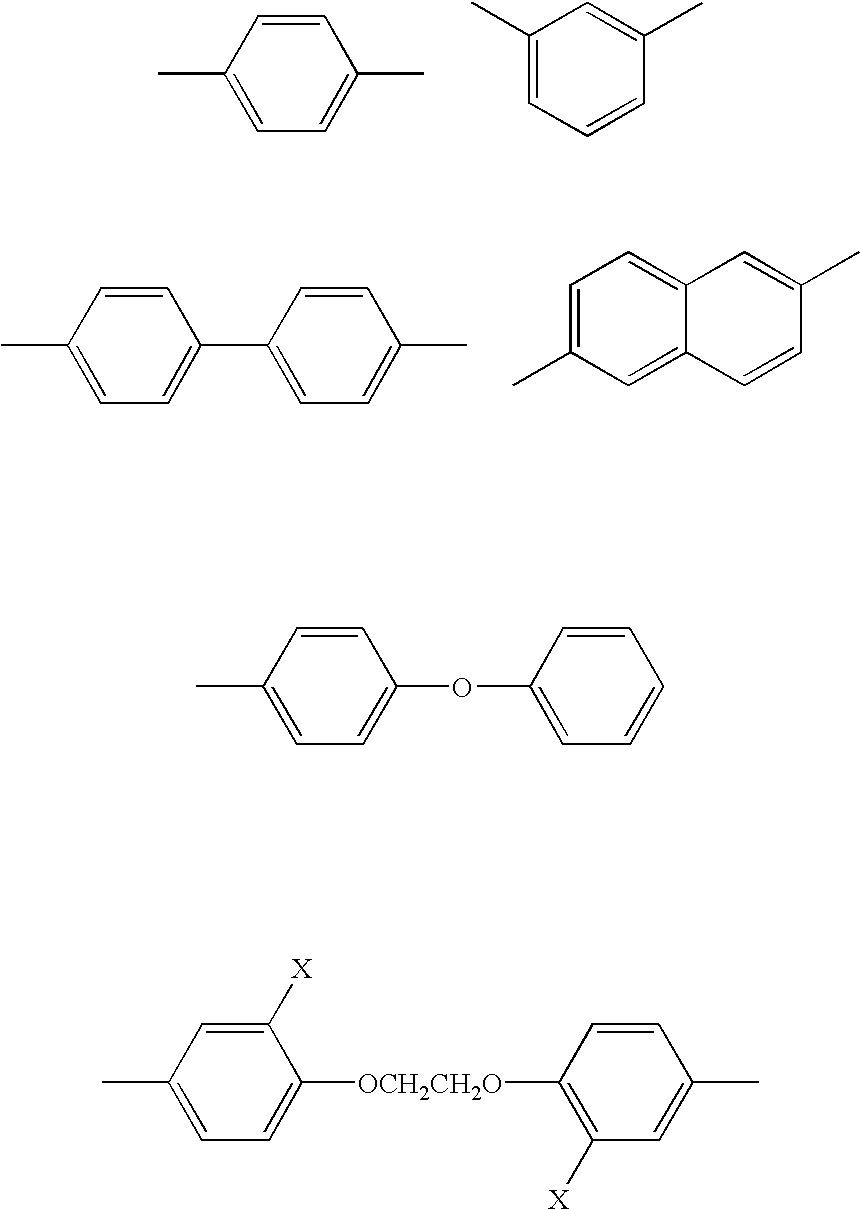Tablet, process for producing the same, and molded article obtained therefrom
a tabletop and tabletop technology, applied in the field of tabletops, can solve the problems of inability to meet the requirements of various types of filler, inability to well mix thermoplastic resin with filler, and limited shape freedom of conventional metal moldings, so as to stabilize the metering time in molding, improve the mechanical properties of moldings, and stabilize the metering time
- Summary
- Abstract
- Description
- Claims
- Application Information
AI Technical Summary
Benefits of technology
Problems solved by technology
Method used
Image
Examples
reference example 1
Thermoplastic Resin
PPS-1 (Linear Type):
[0080] Polyphenylene sulfide, M2588 (by Toray) was ground in a sample mill (Kyoritsu Riko's SK-M Model), and classified through a 60 mesh-pass, 150 mesh-on sieve to obtain resin particles having a number-average particle size of 200 μm.
PPS-2 (Linear Type):
[0081] Polyphenylene sulfide, M2588 (by Toray) was ground in a sample mill (Kyoritsu Riko's SK-M Model), and classified through a 16 mesh-pass, 30 mesh-on sieve to obtain resin particles having a number-average particle size of 800 μn.
PA6:
[0082] Polyamide, CM1001 (by Toray) was dipped in liquid nitrogen, then ground in a sample mill (Kyoritsu Riko's SK-M Model), and classified through a 42 mesh-pass, 80 mesh-on sieve to obtain resin particles having a number-average particle size of 300 μm.
LCP:
[0083] Liquid-crystalline polyester, Siveras L201E (by Toray) was dipped in liquid nitrogen, then ground in a sample mill (Kyoritsu Riko's SK-M Model), and classified through a 80 mesh-pass, ...
reference example 2
Filler
[0087] Carbon fibers (CF): MLD30 (fibrous filler, fiber diameter 7 μm, by Toray).
[0088] Glass fibers (GF): EPDM70M10A (fibrous filler, by Nippon Electric Glass).
[0089] Graphite (KS): KS-75 (flaky filler, by Timcal Japan).
[0090] Mica powder (MK): A-31 (tabular filler, by Yamaguchi Mica Industry).
[0091] The filler size in the Tables below means that, when 500 g of the sample was taken out and classified through the sieve that corresponds to the size indicated, no particle remained on the sieve.
reference example 3
Substance (X) that Changes from Solid into Liquid or Vapor within a Temperature Range of from 25 to 250° C. (those Mentioned Below are all Particles Passed Through a 42 Mesh-Pass Sieve)
[0092] TA: triallyl cyanate (by Aldrich), m.p. 156° C.
[0093] EBA: ethylenebisstearamide, Armowax (by Lion Akzo), m.p. 140° C.
[0094] BSL: barium stearate (by Nitto Chemical Industry), m.p. 153° C.
[0095] IRN: N,N′-hexamethylenebis(3,5-di-t-butyl-4-hydroxy-hydrocinnamide), Irganox 1098 (by Ciba-Geigy Japan), m.p. 158° C.
[0096] IRG: tris(2,4-di-t-butylphenyl)phosphate, Irgafos 168 (by Ciba-Geigy Japan), m.p. 182° C.
[0097] UVI: 2,5-bis(5′-t-butylbenzoxazolyl(2))thiophene, Ubitex OB (by Ciba-Geigy Japan), m.p. 200° C.
[0098] PEP: di(2,4-di-t-butylphenyl)pentaerythritol diphosphite, MARK PEP24G (by Adeka Argus), m.p. 170° C.
[0099] HWE: montanate wax, Ricowax (by Clariant Japan), m.p. 78° C.
PUM
| Property | Measurement | Unit |
|---|---|---|
| diameter | aaaaa | aaaaa |
| diameter | aaaaa | aaaaa |
| specific gravity | aaaaa | aaaaa |
Abstract
Description
Claims
Application Information
 Login to View More
Login to View More - R&D
- Intellectual Property
- Life Sciences
- Materials
- Tech Scout
- Unparalleled Data Quality
- Higher Quality Content
- 60% Fewer Hallucinations
Browse by: Latest US Patents, China's latest patents, Technical Efficacy Thesaurus, Application Domain, Technology Topic, Popular Technical Reports.
© 2025 PatSnap. All rights reserved.Legal|Privacy policy|Modern Slavery Act Transparency Statement|Sitemap|About US| Contact US: help@patsnap.com



